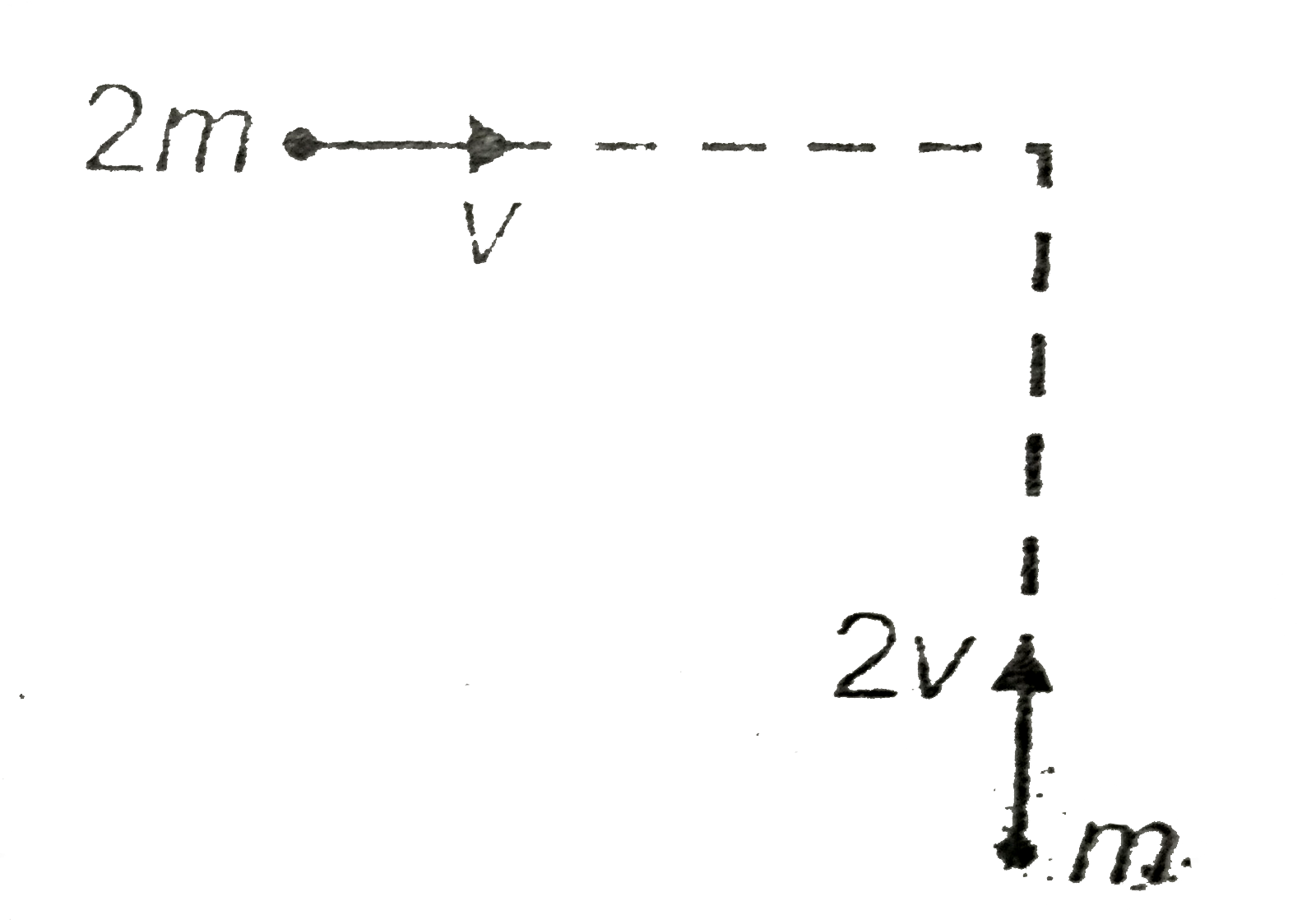If mass of an atom is M moving with speed v, what will be its speed after the emission of an α-particle if speed of α-particle is zero ?
(a) MvM+2
(b) MvM−4
(c) MvM+4
(d) M−4Mv
The correct Answer is:B
To solve the problem, we will use the principle of conservation of momentum. Let's break down the steps:
1. Identify the Initial Conditions:
- The mass of the atom is M.
- The initial speed of the atom is v.
- The alpha particle has a mass of 4 (let's denote it as mα=4).
- The speed of the alpha particle after emission is given as 0.
2. Calculate the Initial Momentum:
- The initial momentum (pinitial) of the system (the atom) can be calculated as:
pinitial=M⋅v
3. Determine the Final Conditions:
- After the emission of the alpha particle, the remaining mass of the atom will be M−4.
- Let the final speed of the remaining atom be x.
4. Calculate the Final Momentum:
- The final momentum (pfinal) of the system (the remaining atom) can be calculated as:
pfinal=(M−4)⋅x
5. Apply Conservation of Momentum:
- According to the conservation of momentum, the initial momentum must equal the final momentum:
M⋅v=(M−4)⋅x
6. Solve for the Final Speed x:
- Rearranging the equation to solve for x:
x=M⋅vM−4
Final Answer:
The speed of the atom after the emission of the alpha particle is:
x=M⋅vM−4
- The mass of the atom is M.
- The initial speed of the atom is v.
- The alpha particle has a mass of 4 (let's denote it as mα=4).
- The speed of the alpha particle after emission is given as 0.
- The initial momentum (pinitial) of the system (the atom) can be calculated as:
pinitial=M⋅v
- After the emission of the alpha particle, the remaining mass of the atom will be M−4.
- Let the final speed of the remaining atom be x.
- The final momentum (pfinal) of the system (the remaining atom) can be calculated as:
pfinal=(M−4)⋅x
- According to the conservation of momentum, the initial momentum must equal the final momentum:
M⋅v=(M−4)⋅x
- Rearranging the equation to solve for x:
x=M⋅vM−4
The speed of the atom after the emission of the alpha particle is:
x=M⋅vM−4
Similar Questions
Two particles of mass 2m and m moving with speed v and 2v respectively pependicular to each other collides perfectly inelastically, then

Speed of the particles after collisionView SolutionMass number of a nucleus X is A and atomic number is Z. Find mass number and atomic number of the new nucleus (say Y) after the emission of m-alpha particles and n-beta particles.
View SolutionCalculate the number of neutrons in the remaining atoms after the emission of an alpha particle from .92U238 atom.
View SolutionWhat is the ratio of mass of an α-alpha particle and a proton ?
View SolutionWhat is the ratio of mass of a gold atom and an α-particle ?
View SolutionA particle moving with a speed v changes direction by an angle θ, without change in speed.
View SolutionA particle of mass m moving with a speed v hits elastically another staionary particle of mass 2m on a smooth horizontal circular tube of radius r. Find the time when the next collision will take place?
View SolutionA particle of mass m moving with a speed v hits elastically another staionary particle of mass 2m on a smooth horizontal circular tube of radius r. Find the time when the next collision will take place?
View SolutionA particle of mass m moving with a speed v hits elastically another staionary particle of mass 2m on a smooth horizontal circular tube of radius r. Find the time when the next collision will take place?
View SolutionA particle of mass m moving with speed V collides elastically with another particle of mass 2m. Find speed of smaller mass after head on collision
View Solution

